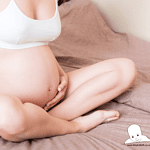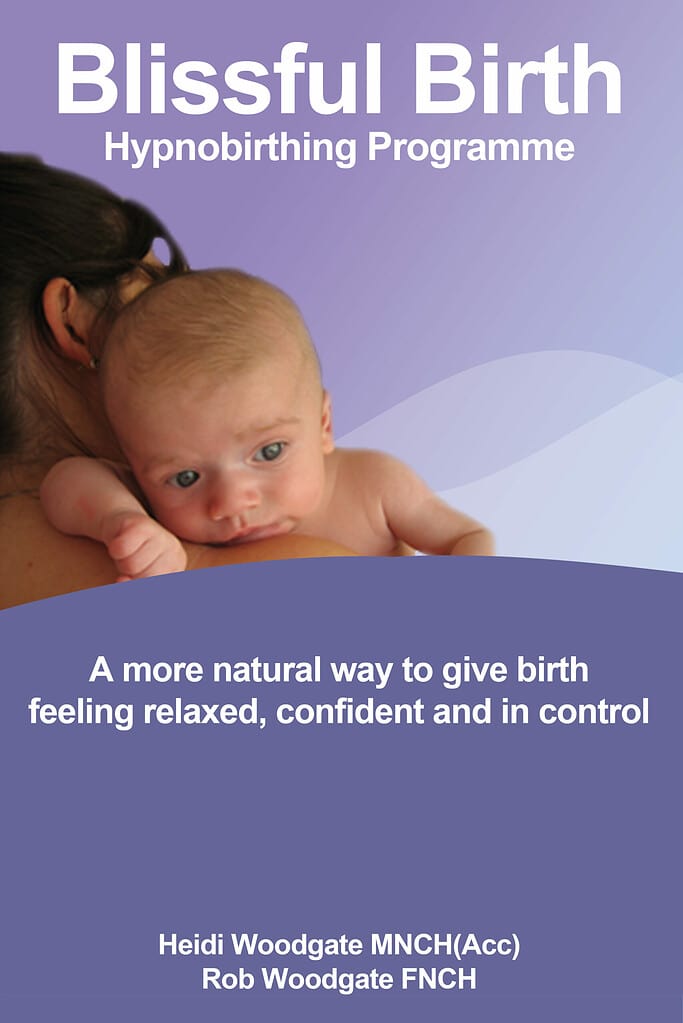With the huge variety of birthing positions women can choose from, it never ceases to surprise me why so many women give birth on their backs.
The supine position, or lying on one’s back, is commonly depicted in media and widely practiced in hospitals. But why is this so? Is it due to historical traditions, medical reasons, or simply a matter of comfort?

In this article, we’ll delve into the history of birthing positions, the pros and cons of the supine position, and explore alternative positions that can potentially offer more comfort and benefits to both mother and baby.
We’ll also examine the impact of these positions on maternal and fetal health.
This exploration is not just about childbirth; it’s about empowering women with knowledge to make informed decisions about their bodies and their babies.
So, let’s dive into the fascinating world of birthing positions!
Table of Contents
Historical Perspective of Birthing Positions
The Shift in Birthing Positions Around the 1900s
Throughout history, women have given birth in a variety of positions, including kneeling, standing, sitting, and squatting.
However, a significant shift occurred around the 1900s in Western cultures, where the supine position, or lying on one’s back, became more prevalent. Prior to this time, the recorded history of birthing indicates upright birth postures were used extensively.
This shift in birthing positions was not only a cultural change but also a reflection of evolving medical practices.
The Influence of King Louis XIV on Birthing Positions
Interestingly, King Louis XIV of France played a significant role in popularizing the supine position. Known for his fascination with childbirth, he preferred this position as it offered him an unobstructed view of the birth process.
His influence was so strong that the supine position became a norm outside the royal families, and more babies started to be born in this position.
Medical Reasons for the Supine Position
The Role of Medical Professionals in Birthing Positions
From a medical perspective, the supine position offers several advantages. It provides flexibility for medical professionals to continuously monitor the progress of labor and assist delivery most efficiently.
This position allows for easy access to monitor contractions and the fetal heart rate, crucial aspects of ensuring the safety of both mother and baby during labor.
Monitoring During Labor and Childbirth Practices in Hospitals
In hospital settings, the supine position is often preferred due to its facilitation of monitoring during labor. It’s easier for medical professionals to observe and assess the mother’s condition, perform medical interventions if necessary, and assist in the delivery process.
However, it’s important to note that while the supine position is common, it’s not the only option, and alternative positions may offer different benefits, which we will explore later in the article.
Pros and Cons of the Supine Position
Benefits of the Supine Position
The supine position, or lying on one’s back, is often preferred in hospital settings due to its convenience for medical professionals. It allows for easy access to monitor the mother’s condition and the baby’s heart rate.
Additionally, it provides a clear path for the baby during delivery and can be more comfortable for some mothers, especially those who are exhausted from labor.
Drawbacks of the Supine Position
Despite its benefits, the supine position also has potential drawbacks. For instance, it can lead to supine hypotensive syndrome, a condition where the mother’s blood supply to the uterus is reduced, potentially causing fetal distress.
Furthermore, research suggests that the supine position may increase the risk of severe perineal trauma, prolong labor, and intensify labor pain.
Alternative Birthing Positions
Overview of Alternative Birthing Positions
Moving away from the traditional supine position, there are several alternative birthing positions that women can choose from. These include squatting, reclining, sitting, side-lying, and even being on all fours.
Each of these positions has its own set of benefits and can be chosen based on the mother’s comfort and the progression of labor.
Benefits of Alternative Birthing Positions
Alternative birthing positions can offer a range of benefits. For instance, squatting can use gravity to aid in the delivery process, potentially shortening the duration of labor.
The side-lying position can be particularly beneficial for mothers who are experiencing fatigue during labor, as it allows them to rest while also providing a good oxygen supply to the baby.
Ultimately, the choice of birthing position should be based on the mother’s comfort and individual circumstances.
Detailed Look at Alternative Positions
The Squatting Position
The squatting position is one of the most natural and ancient birthing positions. It uses gravity to aid in the descent of the baby, potentially making the labor process quicker and more efficient.
The squatting position also naturally opens the pelvis, providing more room for the baby to pass through. However, it’s important to note that this position can be physically demanding and may not be suitable for everyone.
Some mothers may find it difficult to maintain a squatting position during the intense stages of labor. Additionally, research suggests that there may be a higher potential for perineal tearing in this position.
The All-Fours Position
The all-fours position, also known as the hands-and-knees position, is another alternative that can be beneficial during childbirth. This position can help alleviate back pressure during labor and may assist with the baby’s rotation as they are delivered.
It also provides a strong support base. However, like the squatting position, the all-fours position can be physically demanding and may become uncomfortable over time.
The Side-Lying Position
The side-lying position is a gravity-neutral position that can be particularly beneficial for mothers who are tired or have had an epidural. It allows for effective rest between contractions and can reduce the risk of perineal tearing.
However, it’s worth noting that the side-lying position may not provide the same benefits of gravity that upright positions do.
Impact of Birthing Positions on Mother and Baby
How Different Positions Affect the Mother
Different birthing positions can have varying effects on the mother. For instance, upright positions such as squatting or standing can help facilitate the descent of the baby and potentially shorten the duration of labor.
However, these positions may also increase the risk of perineal trauma and blood loss. On the other hand, positions like the side-lying position can provide a chance for the mother to rest during labor and may reduce the risk of severe perineal trauma.
How Different Positions Affect the Baby
The birthing position can also impact the baby. Upright positions can help the baby descend more easily due to the aid of gravity. However, positions like the lithotomy (feet up in stirrups) and supine (lying on back) position should be avoided as they may lead to longer labor, greater pain, and more fetal heart rate patterns.
It’s crucial to remember that the best birthing position can vary greatly depending on individual circumstances, and it’s always important to consult with healthcare professionals to determine the most suitable position.
Conclusion
In this exploration of birthing positions, we’ve journeyed through history, medical practices, and personal choices. We’ve seen how the supine position, while common, is not the only option. Its benefits, such as convenience for medical professionals, are balanced by potential drawbacks like the risk of supine hypotensive syndrome.
We’ve also delved into alternative positions like squatting, all-fours, and side-lying, each with its unique advantages and considerations. Importantly, we’ve learned that the choice of birthing position can significantly impact both the mother and the baby.
As we conclude, remember that childbirth is a deeply personal experience, and the best position is one that ensures the safety and comfort of both mother and baby. Knowledge is power, and understanding these options empowers women to make informed decisions about their bodies and their babies.
References
- The History of Childbirth
- Childbirth Positions: A Historical Overview
- The Influence of King Louis XIV on Birthing Positions
- Medical Reasons for Supine Position During Childbirth
- Monitoring During Labor and Childbirth Practices in Hospitals
- Benefits of Supine Position During Childbirth
- Drawbacks of Supine Position During Childbirth
- Alternative Birthing Positions and Their Benefits
- Benefits and Drawbacks of Squatting Position During Childbirth
- Benefits and Drawbacks of All-Fours Position During Childbirth




